Well, here we go. One year gone and another year starts full of hope and promise… oh, and an insurrection in the US Capital. Nice. This is the year of the 18th anniversary of my beer blogging, too. That’s 31.56% of my life. What an utter waste. Not at all like the art of Joel Goodman, photographer of the image above as well as the partner photo of the same spot in Manchester one year before taken early on New Year’s Day 2020, a portion of which shows up here as a random header image. Lovely stuff and a great expression of where we are today.
 Speaking of reality today… do you know about storm chips and the associated beer weather severity standard? Note I wrote “beer” and not “beers” as in much of Canada the plural of beer is beer. “Beers” means a selection of brands of beer. Twelve Molson Golden are twelve beer. I have my doubts about the particular application as there is no way Kings Co., PEI is in the 24 beer zone but Truro, NS is only at 12 beer. I have a pal from the little islands to the lower left who talked of 1970-80s storm stayed parties held in houses with bordered up windows lasting two or three days until the blizzard had gone past. As posted on the FB page for Storm Level Brewing.
Speaking of reality today… do you know about storm chips and the associated beer weather severity standard? Note I wrote “beer” and not “beers” as in much of Canada the plural of beer is beer. “Beers” means a selection of brands of beer. Twelve Molson Golden are twelve beer. I have my doubts about the particular application as there is no way Kings Co., PEI is in the 24 beer zone but Truro, NS is only at 12 beer. I have a pal from the little islands to the lower left who talked of 1970-80s storm stayed parties held in houses with bordered up windows lasting two or three days until the blizzard had gone past. As posted on the FB page for Storm Level Brewing.
First… err… second, I failed you all before Christmas by not mentioning Martyn’s post on the roots of Jamaica’s love of strong sweet porter:
Draught porter was sold from draught porter shops, in existence in Kingston, Jamaica from at least the Edwardian era; from casks in refreshment parlors that also sold fried fish and bread; and also by travelling salesmen, who would call out “draaf porter!” as they travelled on foot around rural villages in the Jamaican interior, carrying a large tin container with a spout, and cans in quart, pint, half-pint and gill (quarter-pint, pronounced “jill”) sizes, for serving. Jamaica also had itinerant ice-cream salesmen, who would sell a blend of “frisco”—ice-cream and “snow ball”, shaved ice flavored with fruit syrup, mixed together—and “a measure of draught porter for the older folks.”
I wonder if Sam Adams authorized either this guy’s keg delivery technique or his filming rights? The opportunities for injury are a bit boggling. Speaking of which, this non-beer entrepreneurial advice thread had one nugget I quite likes, somewhat related to the Great White Male Hero problem with the good beer narrative:
The biographies of tech unicorn founders won’t help you. Survivorship bias is terrible. For every one that succeeded thousands more failed.
After asking on Twitter if he should, Mark Solomon joined the beer blogging world with his new site Headed Up North on which he is going to share an Indigenous perspective:
There is a tradition in many Indigenous communities, and I have since learned in many other cultures, on winter solstice. Many communities light a fire at sunset and keep the light going all night. While winter solstice is known as the shortest day of the year, the one with the least amount of daylight, there is a refrain that it only gets brighter from here. Those fires are not to strike back at the darkness but to honour it and sit within it. In the Anishinaabe creation story there are songs and teachings about the nothingness at the beginning then came darkness. Darkness is not nothing. We learn a lot about ourselves and others in the darkness.
In our regular pandemic trade news corner this week, cellar sellers are most note worthy. Makes sense. We’ve seen it from place to place including now at Falling Rock Tap House in Denver:
“We weren’t going to make it if we just kept on doing what we were doing,” Black said. Luckily, for the past 23 years, Black and his team have been slowly amassing a nest egg. “We have just probably a couple thousand bottles of beer that are vintage,” Black said. The collection contains very rare, highly sought-after beers from big-name breweries around Denver and the US. The most prized item is a 750ml bottle of a collaboration blended sour beer made in 2008 by The Lost Abbey Brewing Company called “Isabelle Proximus.” When the Cellar Sale list was posted, the lone bottle sold in one second for $400.
Retired Martin has started to chronical the take away pubs from his new location in Sheffield:
…we’ve had some wonderful beer, alternating porters and bitters and crafty keg with impunity. The only problem is, cask must by law be enjoyed within 3 hours, which means drinking 4 pints between us in an evening out of Bass glasses (NBSS 3.5/4). That’s not a habit you can keep up forever.
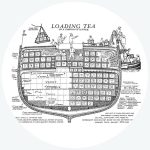 Here’s a big of a helpful hint for the history buffs. If you look at this image from the Twitter feed of a sailing cargo firm you will see in the lower right an explanation of the various grades of tea. These grades appear in many 1700s and 1800s newspaper notices and may assist in determining if accompanying cargo such as beer are considered fancy goods – or nor.
Here’s a big of a helpful hint for the history buffs. If you look at this image from the Twitter feed of a sailing cargo firm you will see in the lower right an explanation of the various grades of tea. These grades appear in many 1700s and 1800s newspaper notices and may assist in determining if accompanying cargo such as beer are considered fancy goods – or nor.
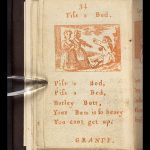 Best historical slag of the week: “your bum is so heavy you can’t get up“! In another history fan news, Dr. Christina Wade at her site Braciatrix wrote about a Viking burial in Ireland in the first part of the release of her Phd thesis. I am hoping for more beer content so this as yet is a placeholder – but a useful one as she canvasses questions on the quality of evidence. I note this especially in the context of the Vikings in Canada and the archaeological evidence they left behind as described in this handy post from Ottawa Rewind, especially this bit:
Best historical slag of the week: “your bum is so heavy you can’t get up“! In another history fan news, Dr. Christina Wade at her site Braciatrix wrote about a Viking burial in Ireland in the first part of the release of her Phd thesis. I am hoping for more beer content so this as yet is a placeholder – but a useful one as she canvasses questions on the quality of evidence. I note this especially in the context of the Vikings in Canada and the archaeological evidence they left behind as described in this handy post from Ottawa Rewind, especially this bit:
Wow! Barrel piece…was this for wine? Again, where did they get the oak for this?
Careful readers will recall my 2011 post on the early European settlements in Newfoundland, including Vikings. I have not had any luck finding Viking brewing in my research but it is clear that beer and malt could well have been here before 1577, the earliest date I have so far. Were the Vikings masterless men happily brewing beer hundreds of years before the masterless men? Was there malt in that oak barrel?
Jonny the Ham* wrote in Pellicle about how Pellicle came to be. I like how it is illustrated by images from a particular journey:
The first and most important reason is that Pellicle, the concept, was originally meant to be a short photography zine taken on this trip which I would self publish—something of a passion project I had dreamt of for years, based on my love of travel and film photography. Secondly, I’m incredibly self-conscious about folk reading my innermost thoughts, so at the very least you can enjoy some nice photos.
His partner in crime – or at least publishing – Matt has written a bit in Beer 52 about his upcoming book “hopefully be called Modern British Beer” and the concept of a returning greater regionality in beer. I prefer this muchly to nationalism as a defining characteristic, if only given the reality that beer predates many borders and can reflect the more important factor of trade routes rather than anything like state regulation or even national culture. I had just one truly tiny quibble about this bit:
Historically in the UK, regionality was a strong differentiator in beer styles and helped develop so much in terms of how we know and enjoy beers today. Take Burtonisation—for example—a process developed by brewers to mimic the mineral content of the Burton-upon-Trent water supply. The hard water of Burton contains higher levels of gypsum, which when used as a brewing process aid in the form of brewers salts will lower your worts pH. This is preferred by some brewers when producing pale, hoppy beer styles, as it aids hop absorption rates, and thus how they are showcased in the resulting beer. It’s no coincidence the story of IPA began here, in the Midlands.
Quibble? The brewing with and drinking of the sulfurous waters of Burton predated the inclusion of masses of hops. Hops were first added by one clever brewer in the late 1600s at the Brimstone Alehouse to deal with those who had to deal with the, err, vomitous qualities of his local product ripe with regional… umm… vernacular. Which actually makes Matt’s point even a bit better.
 Elsewhere, Dave Infante is “joining”** VinePair to cover the beer industry. Send him tips if you think it is a good idea to send other beer writers your tips. And speaking of speaking about beer, I liked this back and forth between Monsieur Noix du Biere and Matt. Are local voices too likely to be embedded or are the embedded ones the best perspective? Note also the second alt use of the word “indigenous” in today’s roundup. I prefer “vernacular “for this particular meaning but I don’t think anyone’s toes are aching.
Elsewhere, Dave Infante is “joining”** VinePair to cover the beer industry. Send him tips if you think it is a good idea to send other beer writers your tips. And speaking of speaking about beer, I liked this back and forth between Monsieur Noix du Biere and Matt. Are local voices too likely to be embedded or are the embedded ones the best perspective? Note also the second alt use of the word “indigenous” in today’s roundup. I prefer “vernacular “for this particular meaning but I don’t think anyone’s toes are aching.
Finally, two good posts this week from Boak and Bailey on, first, a surprising forerunner of an improved pub from the 1880s and, second, a helpful piece on the rare duck these days that is ESB. Looks like they spent their recent break from beer blogging over the holidays writing beer blog posts. Alistair is taking another sort of break this January but found time to post about a day dream he is having about another venerable beer, Trukker ur-Pils.
There. That’s a good start to the year. And for more good reading check out the weekly updates from Boak and Bailey, back now mostly every Saturday, plus more at the OCBG Podcast on Tuesday and sometimes on a Friday posts at The Fizz as well. We have a new entry from the DaftAboutCraft podcast. And sign up for Katie’s weekly newsletter, The Gulp, too. Plus the venerable Full Pint podcast. And Fermentation Radio with Emma Inch. There’s the AfroBeerChick podcast as well! And also look at Brewsround and Cabin Fever. And Ben has his own podcast, Beer and Badword. And remember BeerEdge, too.
*The Hammer? The Hamster?
**…which could mean anything from being a freelancer to CEO.


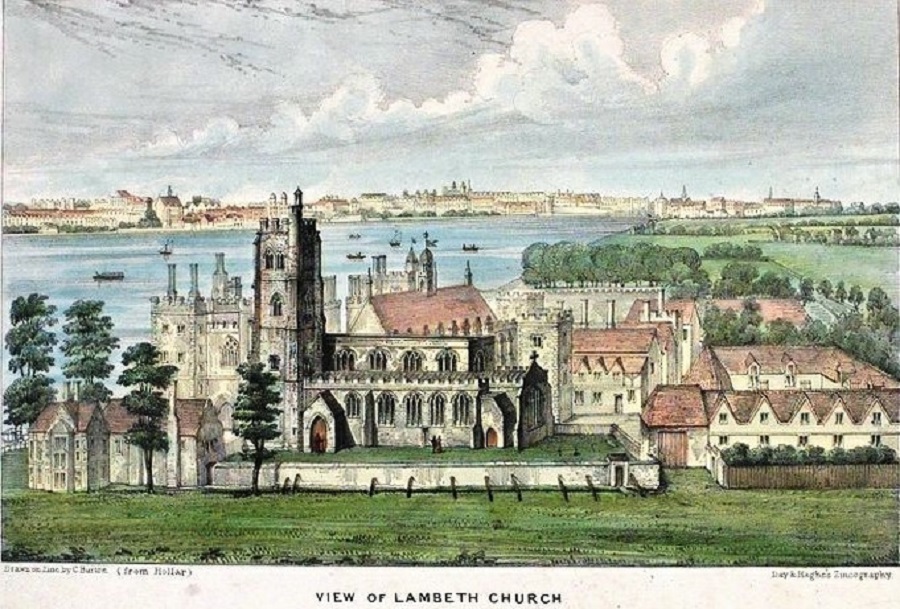

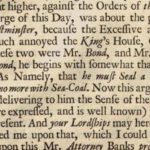

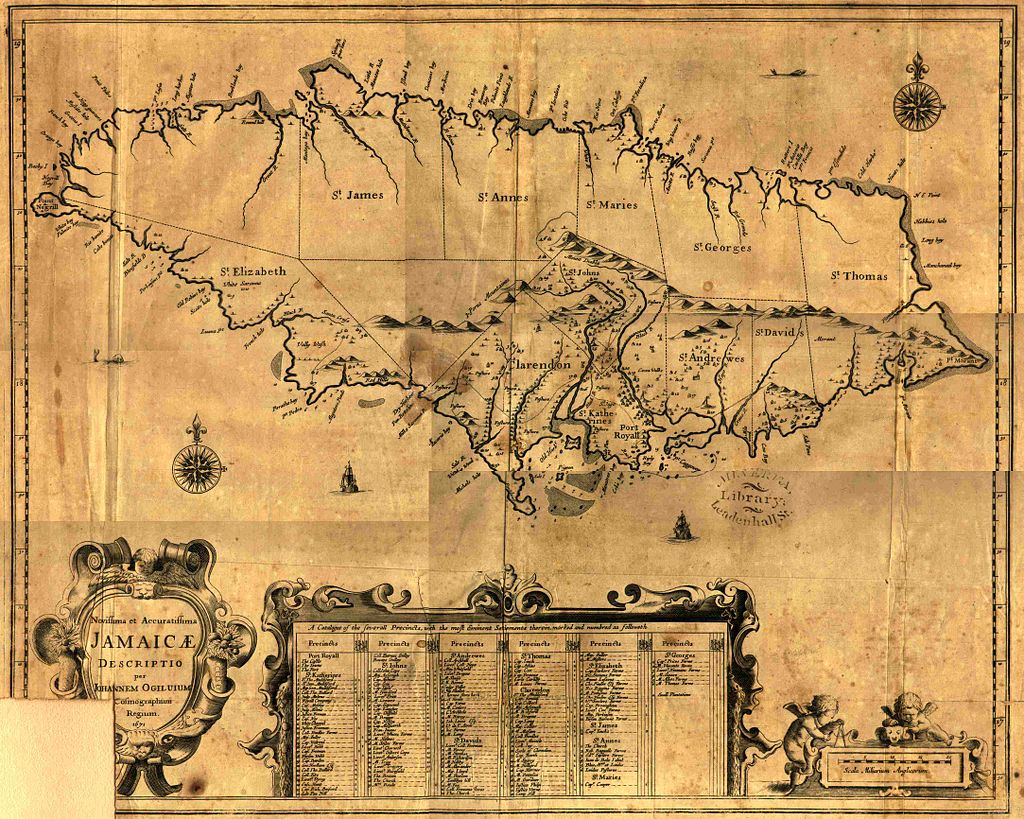
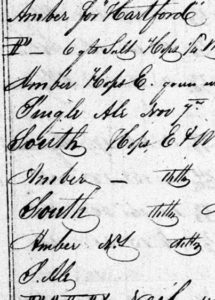
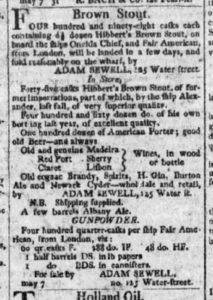 Next, Hibberts Brown Stout. This stuff is all over the place. Click on that thumbnail. That is a notice from just one store in 1805 stating that they have fifty-five casks on hand with another 498 casks on route. British beer brought in and in bulk. Broadly.
Next, Hibberts Brown Stout. This stuff is all over the place. Click on that thumbnail. That is a notice from just one store in 1805 stating that they have fifty-five casks on hand with another 498 casks on route. British beer brought in and in bulk. Broadly.  Plus, there’s southern beer. You see it in the logs. Click on the ad. Brewing was not practical below a certain latitude so brewers like William Faulkner of NYC and Albany shipped to South Carolina… and the West Indies. He died in 1792. Not to mention there was
Plus, there’s southern beer. You see it in the logs. Click on the ad. Brewing was not practical below a certain latitude so brewers like William Faulkner of NYC and Albany shipped to South Carolina… and the West Indies. He died in 1792. Not to mention there was  And it goes on and on –
And it goes on and on – 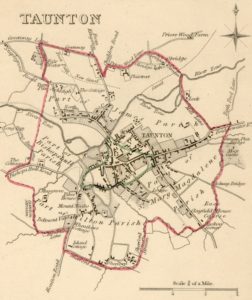 Attentive readers will recall that I have a slow side project in figuring out what I can about Taunton ale. It was a bit of a by-catch to the whole Albany ale thing with references to it showing up in central New York around the time of
Attentive readers will recall that I have a slow side project in figuring out what I can about Taunton ale. It was a bit of a by-catch to the whole Albany ale thing with references to it showing up in central New York around the time of